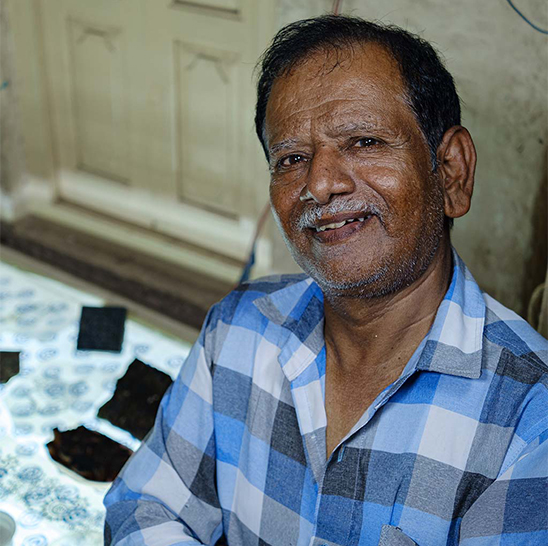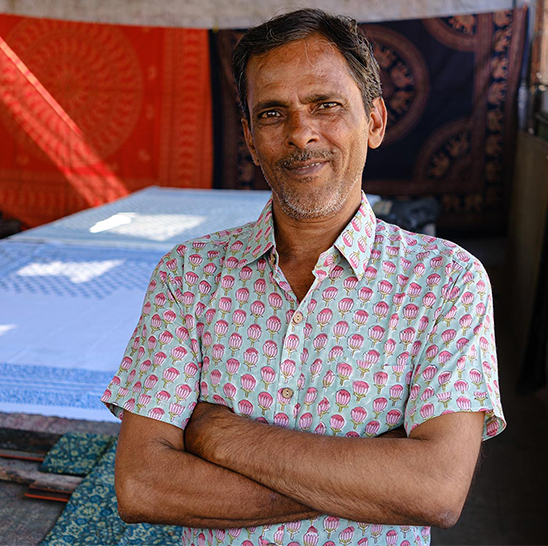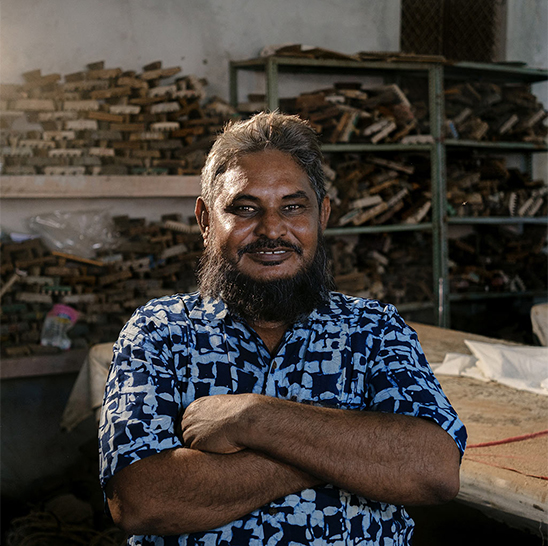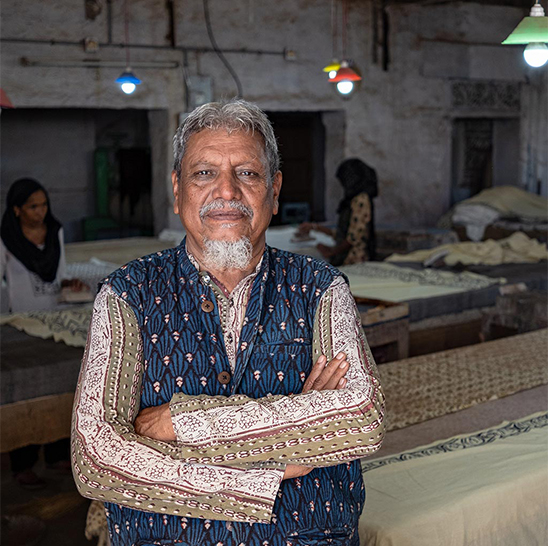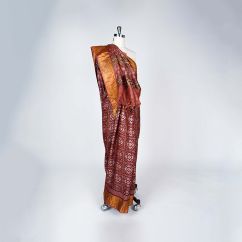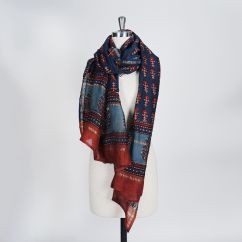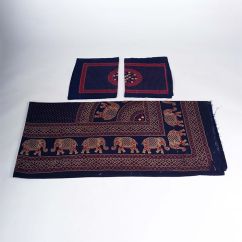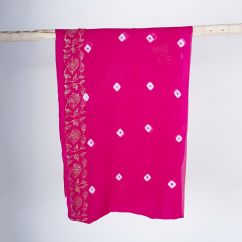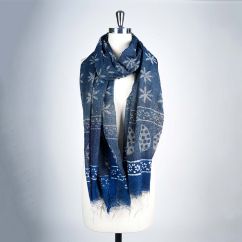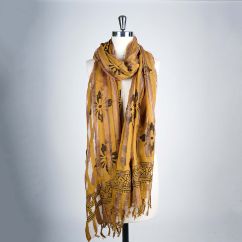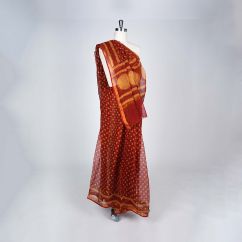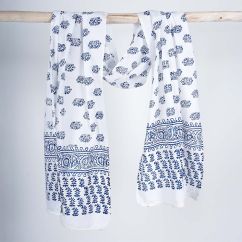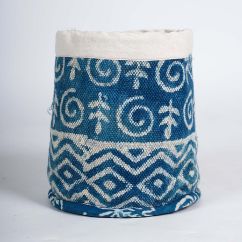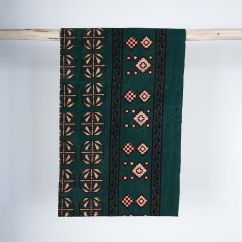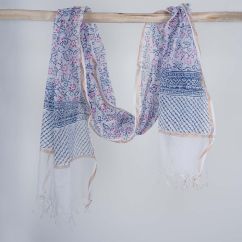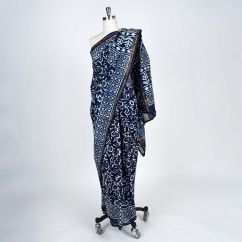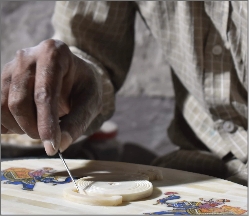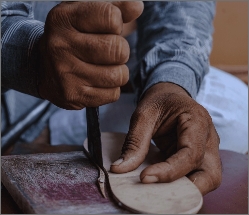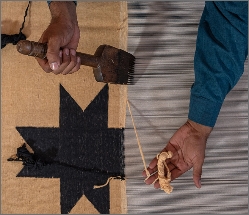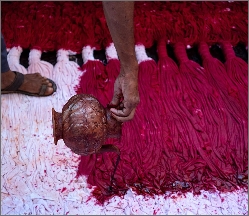Block Print
STORY OF THE CRAFT
A Legacy of Artistic Expression and Cultural Exchange
-
The roots of this craft can be traced back to 3rd-century China, where the tradition of block printing first emerged. It rapidly spread worldwide, including to India, where it thrived and gained fame.
-
It involved carving designs or patterns onto a block of material, such as wood or metal.
Ink or dye was applied to the block's surface to transfer the design.
This technique allowed for the mass production of textiles, books, and artwork.
The craft played a significant role in the spread of knowledge, art, and cultural exchange.
Carving Beautiful Designs
-
An age-old technique still used by artisans today that involves carving intricate designs on blocks and transferring them onto various surfaces.
-
-
- Creating designs on wood, linoleum, or rubber blocks.
- Carving tools to create a relief pattern by removing negative spaces.
- Applying ink or paint to a raised surface using a roller or brush.
- Pressing onto fabric or paper and repeating the process.
- Using multiple blocks for different colours and layers, aligning precisely.
- Drying the printed material or processing it further.
- Finally, handcrafted, block-printed pieces emerge with intricate designs and vibrant colours.
-
Innovative Block Printing Products
-
This ancient craft adds a unique artistic touch, enhancing the beauty and individuality of various items.
Textiles
Paper Goods
Home Décor
Accessories
Kitchenware and Tableware
Packaging Materials
Celebration of Tradition and Sustainability
-
By preserving ancient techniques, utilising natural resources, and fostering local involvement, block printing stands as a testament to responsible craftsmanship.
-
Preservation of Heritage: It preserves tradition by utilising natural resources and promoting community involvement.
Safeguarding Resources: It sustains cultural heritage by employing eco-friendly practices and supporting local livelihoods.
Job-Related Challenges in Block Printing
-
Block printing exposes artisans to hazardous substances, leading to respiratory and skin issues if safety measures are lacking.
-
Repetitive Injuries: Prolonged, repetitive motions in block printing can cause musculoskeletal disorders without ergonomic support.
Work Environment Challenges: Poor ventilation, inadequate lighting, and uncomfortable conditions impact artisans' well-being and productivity.
Nurturing Creativity and Cultural Legacy
-
Explore the mesmerising world of block printing to discover a wide range of handcrafted products showcasing the beauty and craftsmanship of this timeless art form. Immerse yourself in the history and beauty of block prints and bring home a piece of this magnificent tradition.




















